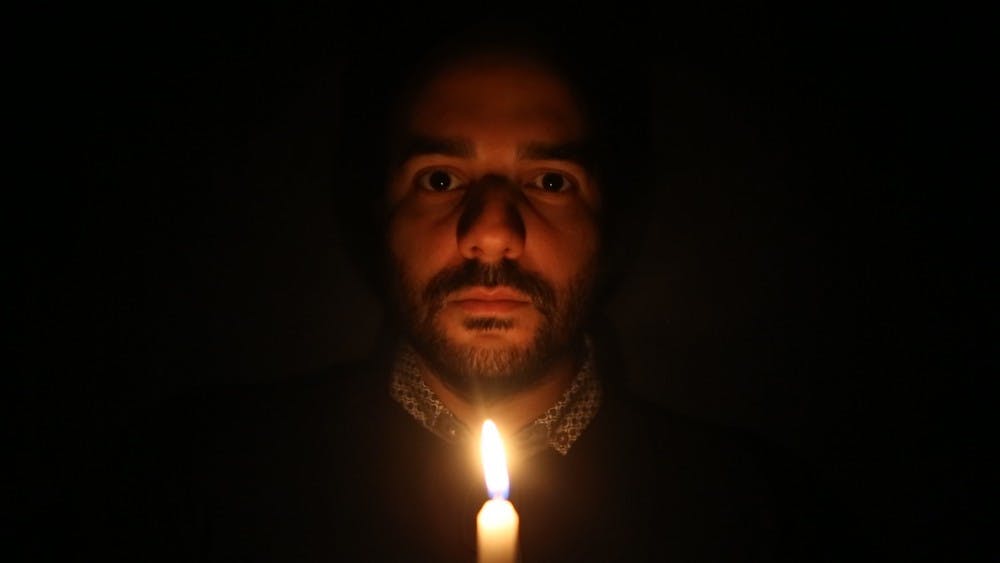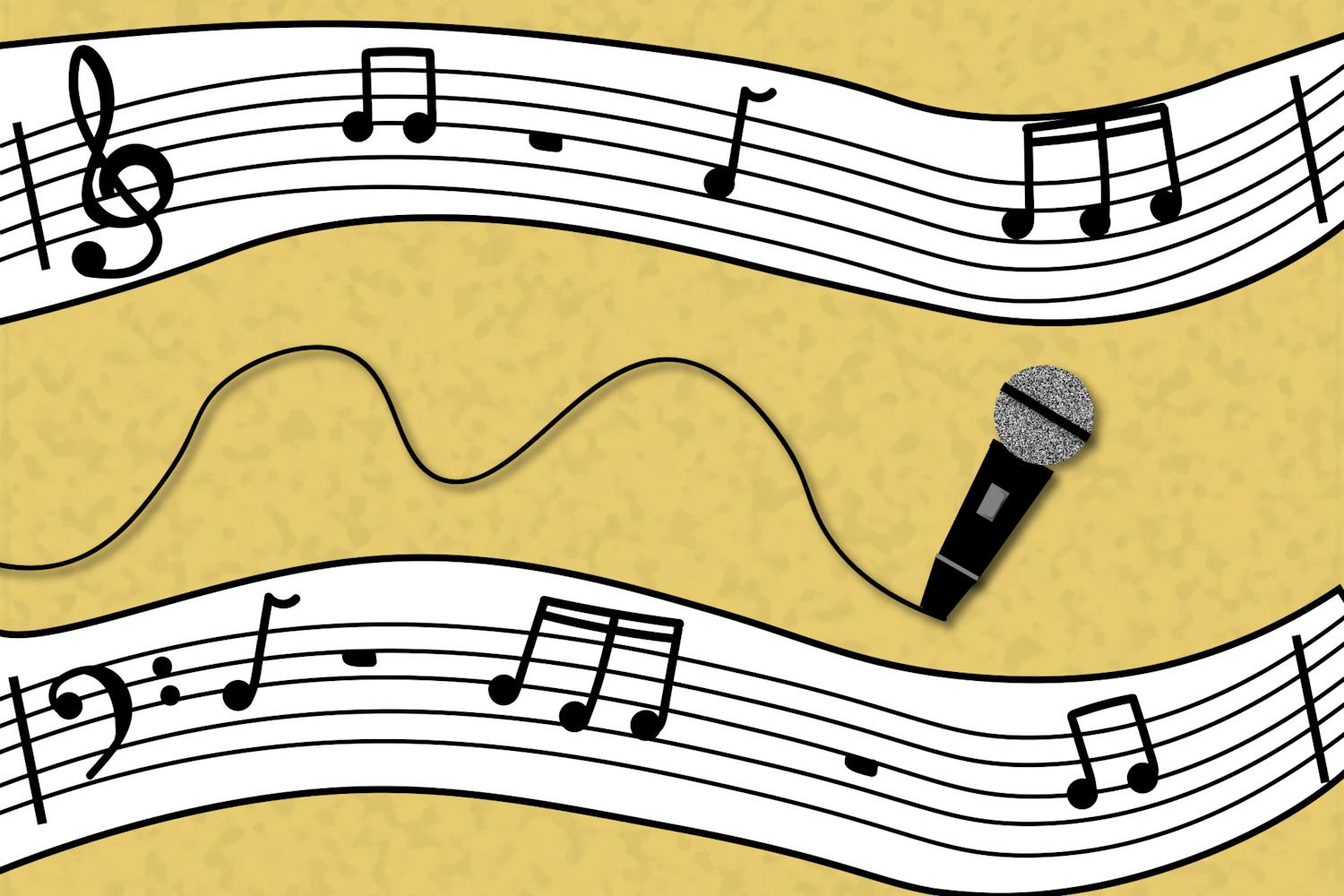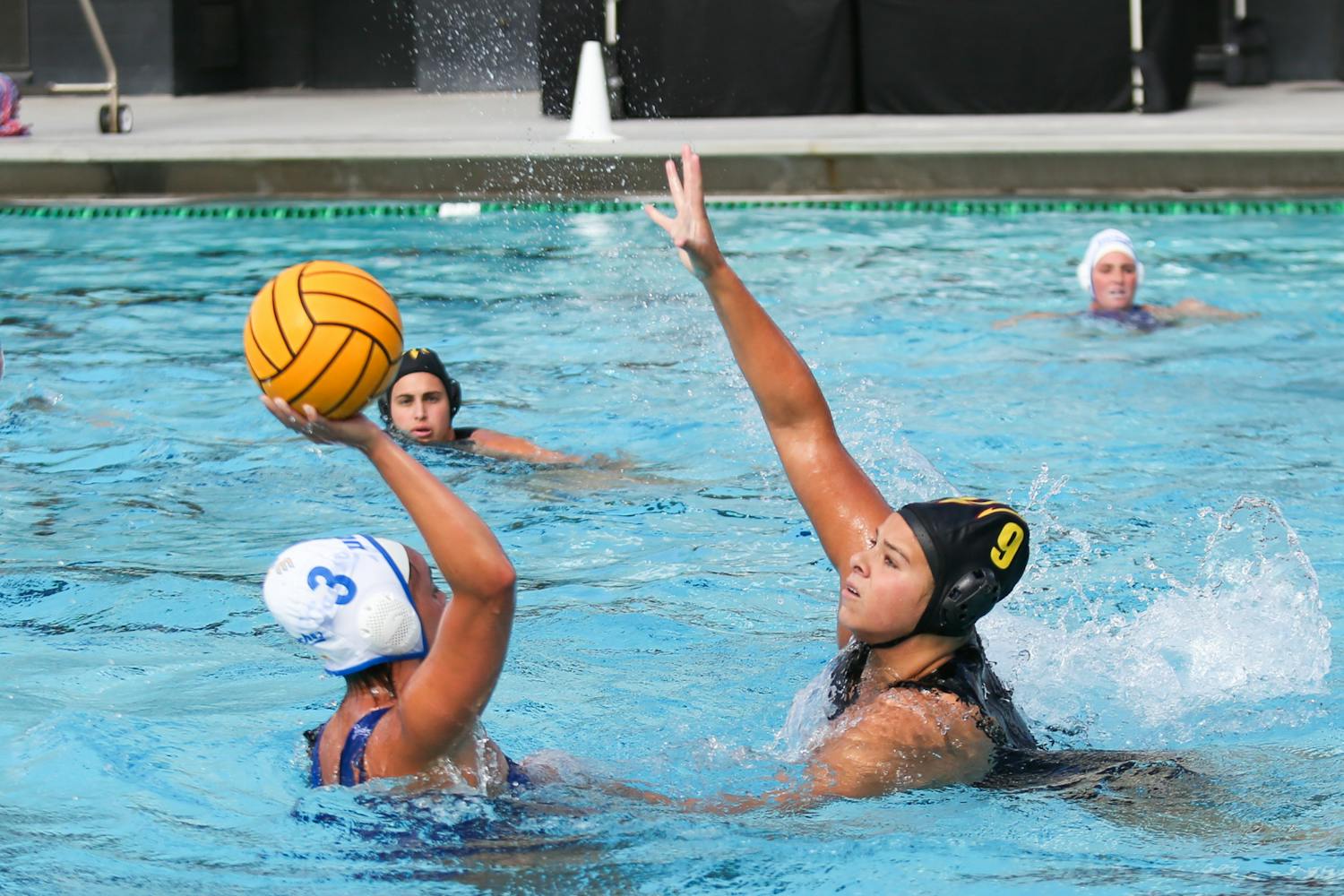Manuel Aviles-Santiago talks on the phone with his parents in Puerto Rico every day, sometimes twice.
On the day Hurricane Maria hit in September 2017, he made his usual call to his mother before going in to teach his class at ASU.
Then the nightmare began. The phone stopped ringing. Radio silence.
Separated by thousands of miles with no way to communicate, Aviles-Santiago was left to wonder how his family had fared the hurricane that left most of the island without power or shelter. Reports on major cities such as San Juan rolled in, but like many small cities and towns, there was no mention of his hometown, Aguada, located in the western coastal valley.
After two weeks of sleepless nights and constantly scouring the internet for news, the assistant professor of communication and culture had an idea for his Introduction to Human Communication class.
“I’ll be teaching my class with the lights off — with no use of technology — in order to create awareness about the humanitarian crisis of Puerto Rico,” he posted on Facebook before heading to his evening class on Oct. 4, 2017. “Teaching in the dark for Puerto Rico.”
He slipped into the mostly dark class classroom without turning the lights on and, without explanation, left his students in the dark both literally and figuratively.
“It was a really interesting dynamic because the students didn’t question anything," Aviles-Santiago said. “They just listened. They had to put a little bit more effort in to listening because there were no visual components, and I had to put in a little more effort myself in teaching.”
He described the class as a humbling, “beautiful dynamic.”
His main goal, he said, was to spark a conversation that wasn’t being had and make a very serious, if very distant, issue become real to his students.
“For a long time, people didn’t understand what Puerto Rico was,” he said. “I think that now with this unfortunate situation, people are getting more interested in Puerto Rico. … (They're) learning now that Puerto Ricans are U.S. citizens. I get that question a lot: ‘Are you here with a visa?’ or ‘How does that work?’”
At the end of the class, he explained to them why he taught in the dark, and it resonated with them, Aviles-Santiago said.
“They wanted to get more involved,” he said. “They sent me emails asking how they could help, and I encouraged them to promote visibility, which I think is so easy to do, especially with social media, and it doesn’t cost anything. So that’s what they did.”
Students took to social media, using variations of the hashtag #TeachingInTheDarkForPuertoRico and sharing photos of themselves using only candle light.
“Having class in the dark really did bring it home for a lot of us because you don’t always think about how your education is a privilege," Madelyn Sugg, a sophomore business communication major, said. "These are other kids who are just trying to get the same education we’re trying to get."
Aviles-Santiago’s original post about the exercise also gained traction on Facebook. Commenters from around the U.S. commended his efforts and other professors were inspired to try the activity with their own students.
Jonathan Montalvo, an assistant professor of Spanish at Graceland University in Lamoni, Iowa, was among those spurred to action after seeing the Facebook post.
Montalvo, also from Puerto Rico, taught in the dark that same day with his three classes. Like Aviles-Santiago, he’d lost touch with his family after the storm.
“My motivation was, not only because I saw Manuel doing it, but because I was also affected personally by (Hurricane Maria), so I just wanted to create awareness,” he said.
Classes at least three universities participated in their own versions of Teaching in the Dark for Puerto Rico, using darkness to shed light on the issue for scores of students.
The movement only continued to grow when Aviles-Santiago was asked to write about his work in October for the largest paper in Puerto Rico, El Nuevo Día.
The story circulated online, but with most of the island without power or internet access, it was the print copy of the story that caught Melba Passapera’s eye.
Passapera, a bilingual teacher in Cidra, Puerto Rico, cut the article out of the newspaper to keep because she was so moved by Aviles-Santiago’s writing and what he had done.
“It was something that really motivated me during those dark days over here,” she said.
“I agreed with him 100 percent," she said. "The only way that we, as an island that was so badly hit by this hurricane, we’re only going to be able to get up on our feet and start over again, is through education,” she said.
Passapera asked her mother to contact Aviles-Santiago. In the meantime, she went to work preparing a safe space for her students to return to when school was back in session. She called the project Puertas Abiertas, or Open Doors. Soon after, her mother reached Aviles-Santiago, and a collaboration was born.
Passapera put together a list of supplies she was seeking, including desks, chairs, books, games and art supplies and sent it to Aviles-Santiago.
Aviles-Santiago spread the word.
ASU became one of a half dozen universities in four states that partnered to support Passapera’s school. A total of four elementary schools in Puerto Rico were able to receive supplies from the effort.
“It was a really beautiful experience, how this whole dynamic was able to bring together different groups of people in help in Puerto Rico, even through the distance,” Aviles-Santiago said.
Teaching in the Dark for Puerto Rico, an idea led by the concept of teaching through empathy, didn’t go completely viral. But it reached the right people, both Passapera and Aviles-Santiago agreed.
“This dynamic can be used for other situations as well, it doesn’t have to just be for Puerto Rico, because darkness is a really powerful metaphor,” Aviles-Santiago said.
It wasn’t long after his initial Teaching in the Dark for Puerto Rico class that he was able to make contact with his parents, who were both safe, and the rest of his family. Although he described the weeks of not hearing from them as the most difficult time in his life, he was grateful for the impact his teaching made.
He said sometimes innovation grows out of crisis.
"People in casual conversations can make a big difference,” Aviles-Santiago said. “Because when you start making those connections, you are able to create a bigger picture.”
From this tragedy, Aviles-Santiago said, “there is a learning experience.”
Reach the reporter at jhuckeba@asu.edu and follow @Jojo_Huck on Twitter.
Like The State Press on Facebook and follow @statepress on Twitter.



